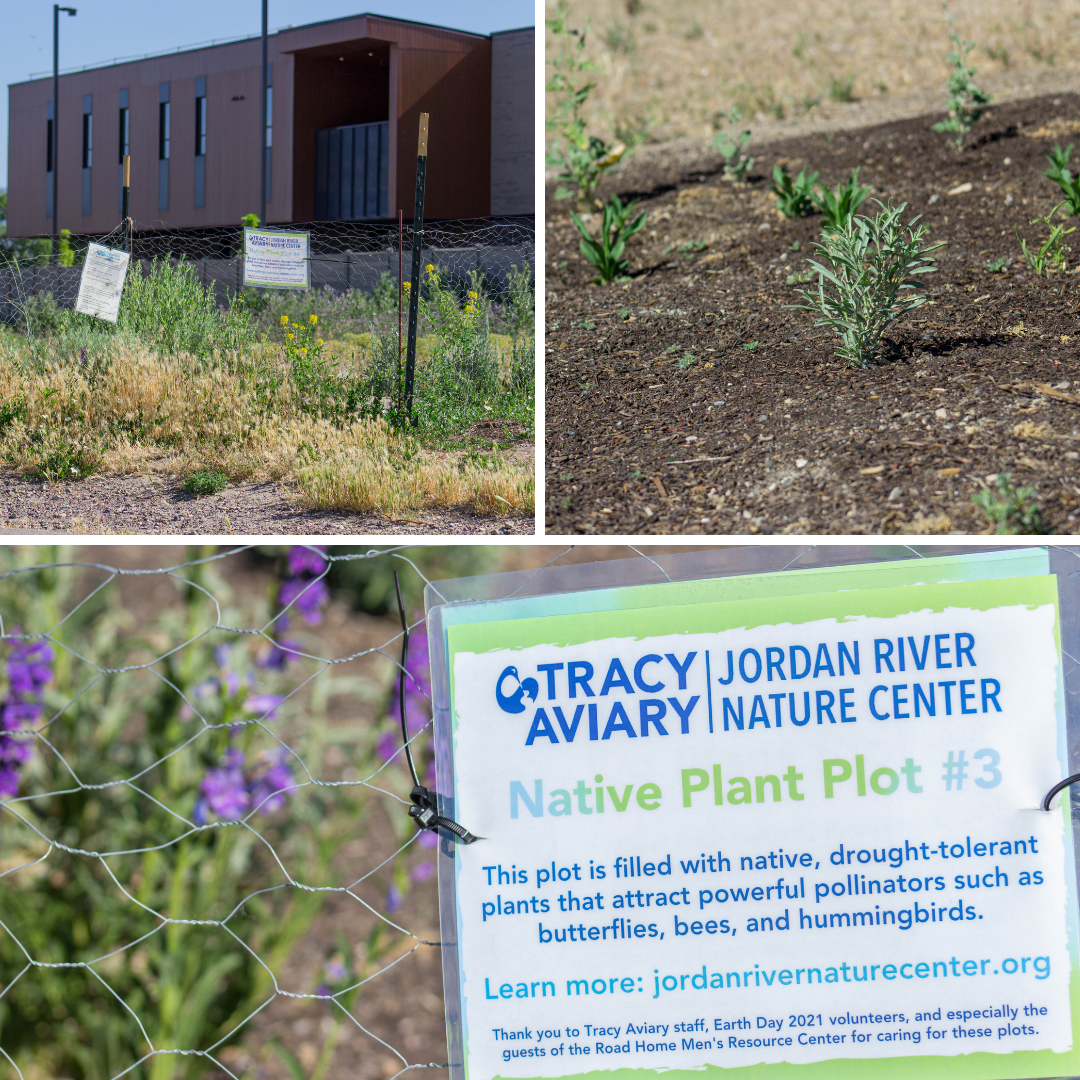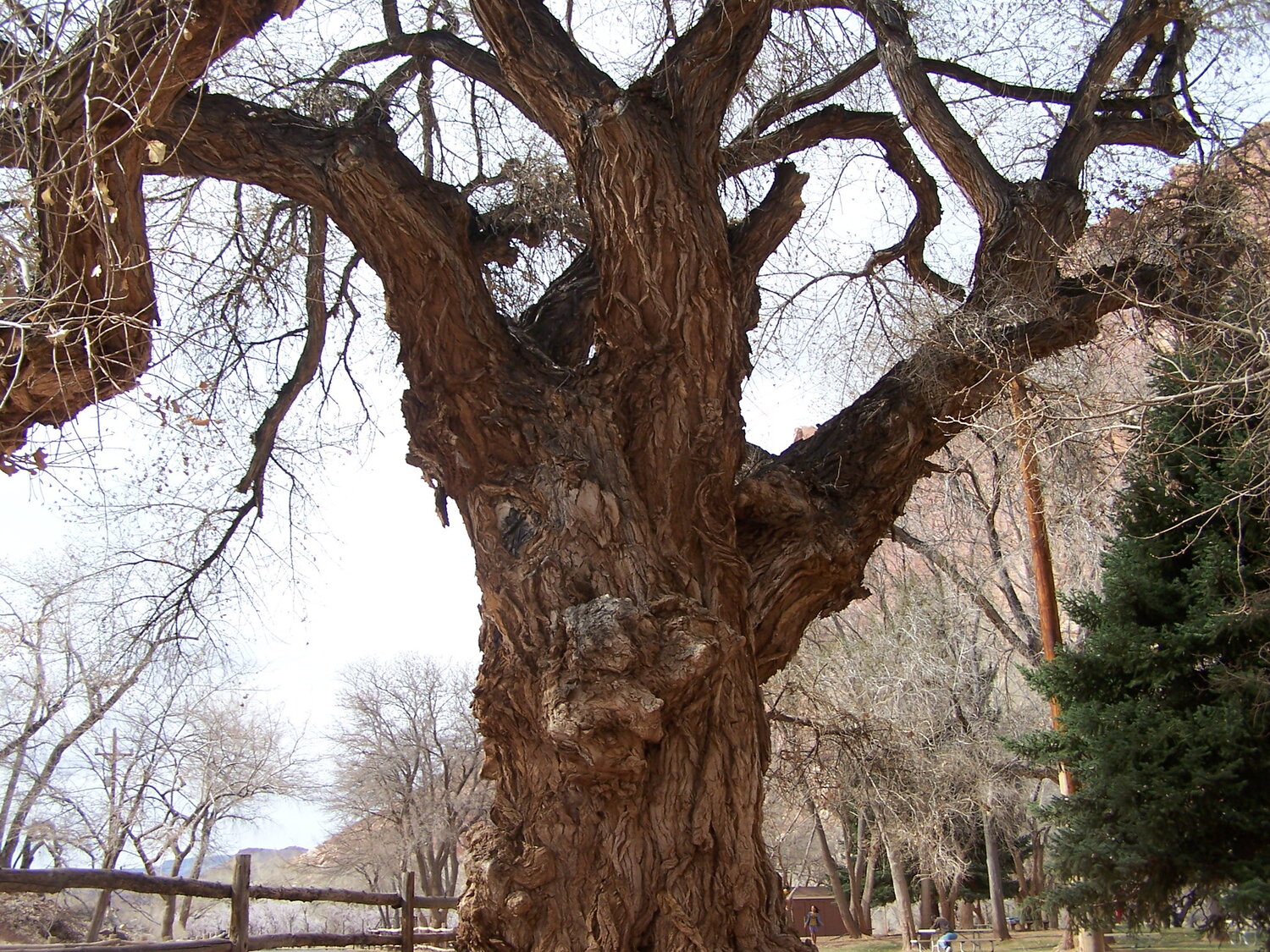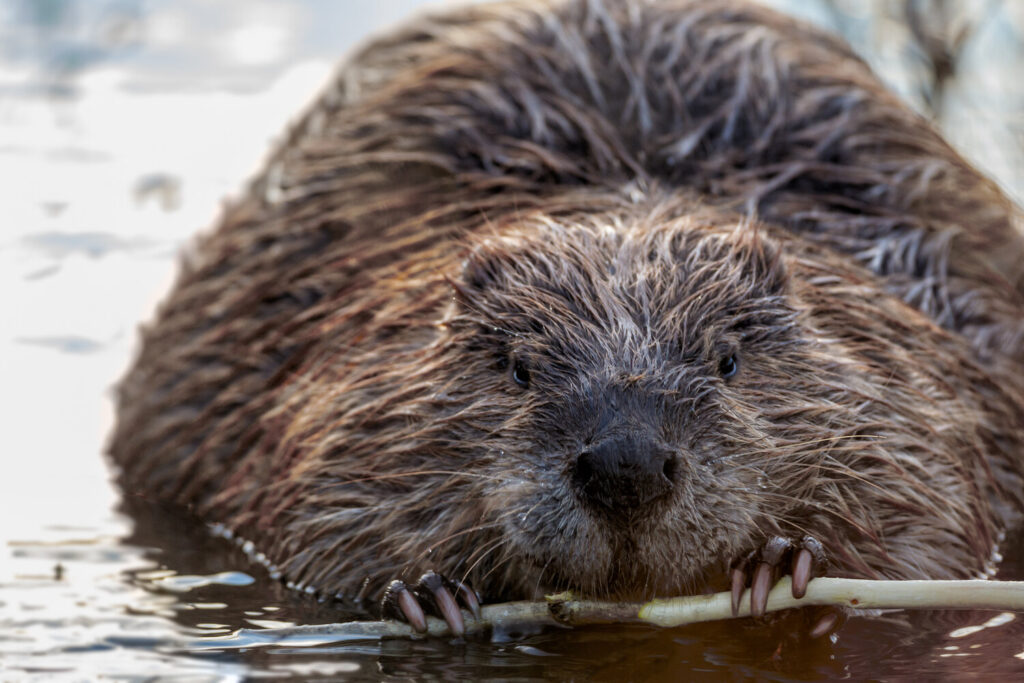We’re bringing back the wild plants and wildlife of Pia Okwai (Jordan River).
What does rewilding the River look like?
It all begins with an idea, is made possible by people, and comes to life by the will of the land. The Nature Center at Pia Okwai is using this recipe to bring back wild spaces and wildlife to Pia Okwai (Jordan River) in South Salt Lake. Step by step, we are helping the river thrive again by tackling challenges, large and small, and recruiting the power of community to help us put solutions into action.
-
Monarch Waystations
A Pollinator Oasis

Monarch Waystations are gardens of wild, meadow plants built for monarchs to find the food and habitat they need to lay eggs, and for eggs to grow into butterflies. By planting five plots of Monarch Waystations, the Nature Center is joining a global effort to provide a natural highway of meadow habitats along the migratory route of Monarch butterflies. We hope these gardens also help other pollinators, too, like hummingbirds, bees, and even bats!
Native Plot Plants

Monarch Waystations are just part of a larger vision: to restore the natural, wild meadow of the Jordan River. Step by step, the Nature Center will replant meadow plants and grasses in plots along the Jordan River Parkway Trail. With help from volunteers and guests staying at the Road Home Men’s Resource Center, we are helping to restore Pia Okwai (Jordan River) with native, drought-tolerant plants. Our goal is to bring back the riparian buffer zone lost to so much of the river. Riparian buffer zones filter water running into the river and provide essential habitat for many animals and plants.
-
Caring for Cottonwoods
Recruiting Beaver

Believe it or not, the American beaver is the best restoration ecologist in the field. By felling (chewing down) trees, they can help to slow water, make river banks more stable, and recreate wetlands more quickly than any team of humans can! To help them help us in both our mission to re-wild the river and to give cottonwoods a helping hand, we wrap the cottonwood trees in chicken wire. This keeps beavers from chewing on cottonwoods, and instead directs them to fell Russian olive trees! Members of the community help us with tree wrappings, allowing us to get more trees wrapped at once. So far, wrapping the cottonwoods is working – you can see the evidence yourself by searching for beaver gnaw marks in trees along the Parkway.
Two Part Plan

The Fremont cottonwood is a tree native to Utah. Despite this, it isn’t doing too well in our area now! A tree from Eurasia, the Russian olive, is dominating the space next to Pia Okwai (Jordan River), where the cottonwood should thrive. There are two parts to our plan to help cottonwoods:
- Do regular “check-up” on the cottonwoods along the Jordan River Parkway Trail.
- Discourage beaver from chewing down cottonwoods.
Join Us!
Come to an event!
Throughout the year the Nature Center hosts events to care for and enjoy the river. You might participate in a trash pick up, or help us pull pesky puncturevine. There are many possibilities where you can join us on the river!
Meet our Natural Neighbors
We are surrounded by nature in our neighborhoods, parks, and even in our downtowns. Knowing what species live near us helps us study and protect them.